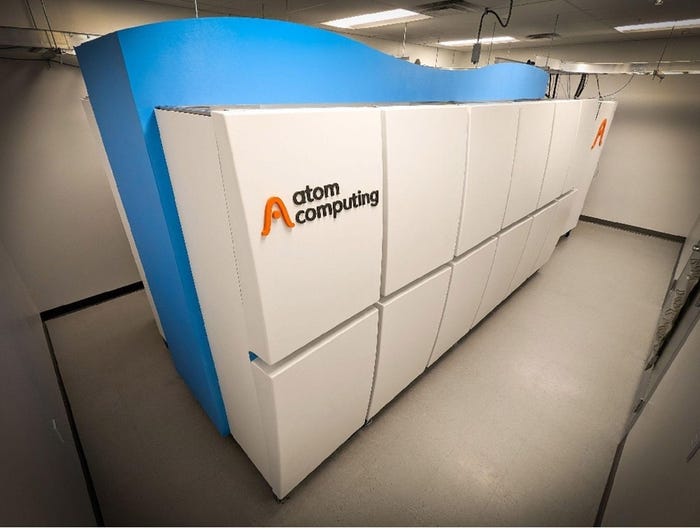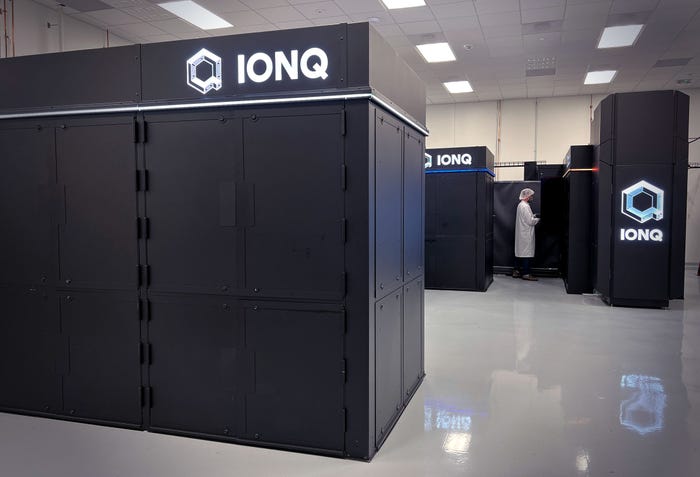
Connects decision-makers and solutions creators to what's next in quantum computing
Public Sector Leads Quantum Adoption
Omdia: most quantum adopters are in North America, Europe, Asia

The single largest vertical segment of organizations adopting quantum computing towards the end of 2022 is the public sector, according to a new report from Omdia.
These organizations are typically associated with scientific research, technology innovation and the need for high-performance computing. Recent adopters include The Galician Supercomputing Center, The European Organization for Nuclear Research, the US Department of Energy, and the US Defense Advanced Research Projects Agency.
As quantum computing matures, a more even distribution of adopters is expected across segments including academia, aerospace and defense, automotive, chemicals and materials, energy, financial services, health care, life sciences and manufacturing. These are verticals that face complex computational challenges and could see benefits from quantum computing for complex optimization, physical simulation, and quantum machine learning.
Large governmental and academic institutions, and large public companies, are typically the main type of adopters for QC at present. Most of these adopter organizations have more than 5,000 staff.
Quantum tech adopters cluster in advanced economies in North America, Europe and Asia and Oceania. However, Omdia expects to find adopters located in the other two regions in the future. In this edition of the report, 13 of the adopters were in the U.S., seven in Germany, four in the U.K., three in Japan, two each in France and Spain, and one each in Hungary, South Korea and Switzerland.
Government Quantum Programs
Government quantum computing announcements covered in the reported cluster around the same regions. Most governments active in the quantum computing market represent advanced economies with the resources and geopolitical drivers to focus on this “deep technology.”
Announcements tracked for this edition of the tracker included those from Australia, Belgium, Canada, China, Denmark, Finland, France, Germany, Greece, India, Israel, Japan, the Netherlands, Russia, Singapore, South Korea, Spain, Taiwan, the UAE, the U.K. and the U.S.
“Notice, however, that India and Russia are represented in this list, highlighting that even ‘near-developed’ economies can judge quantum computing as significant enough to warrant government action and investments, though it is likely that examples like these are relatively rare in the long term,” said Sam Lucero, author of the report and Omdia quantum computing chief analyst.
There are often geopolitical considerations behind governments adopting quantum technology as it is seen as a key strategic technology to master for economic competitiveness and national security. However, during the period covered by the report, only a few announcements involved regulatory actions, namely export controls enacted by the US government targeting Chinese quantum computing firms.
More common were efforts to develop transnational partnerships, such as between the US and UK and between the US and Australia, to develop quantum computing technologies jointly.
About the Author
You May Also Like
.png?width=100&auto=webp&quality=80&disable=upscale)
.png?width=400&auto=webp&quality=80&disable=upscale)




